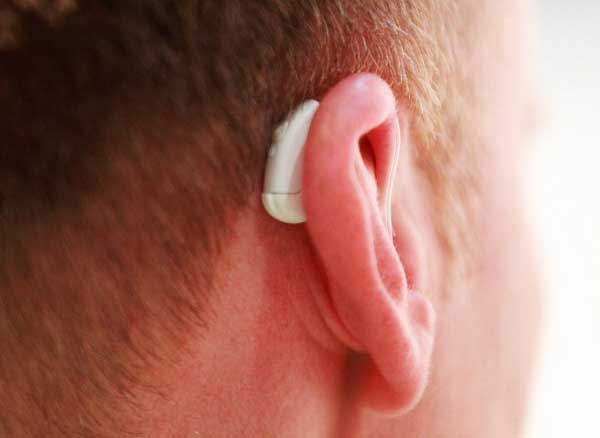
Rockville, Maryland, (BBN) - The study was published on Thursday, Dec 29, 2016 in the journal JAMA Otolaryngology-Head & Neck Surgery.
The researchers looked at data from the medical records of more than 300,000 US adults in Hershey, Pennsylvania from 2011 to 2015 are suffering from hearing loss, ages ranged from 21 to 90; the average age was 50, and mostly these hearing loss was found in women, reports latinoshealth.com
"In the journal JAMA Otolaryngology-Head & Neck Surgery, 1.6 percent of the general population is suffering from hearing loss, while 3.4 percent of individuals had hearing loss due to iron deficiency anemia," Schieffer said.
In the study, the adults who had iron deficiency anemia more than a twice has hearing loss.
They are divided into three categories: one is sensorineural and second is combined sensorineural and third is conductive hearing loss.
Sensorineural hearing loss is caused when the inner ear damage to the nerve pathway that runs from the ear to the brain is affected, according to the American Speech-Language-Hearing Association (ASHA).
Conductive hearing loss is often caused by more "mechanical" problems, such as blockages in the ear, including those caused by earwax or fluid, or perforated eardrums, according to the American Speech-Language-Hearing Association (ASHA).
Sensorineural hearing loss is generally considered permanent, ASHA reports.
If iron deficiency anemia plays a role in hearing loss, it's possible that correcting the condition might lead to improvements in hearing.
Sensorineural hearing loss can be considered as permanent hearing loss, ASHA reports.
If iron deficiency anemia plays a vital role in hearing loss, then it's possible to bring improvements in hearing by doing a several treatments.
Iron deficiency anemia can be treated easily with iron supplements, so for the future studies we should focus on how we can help from occurring hearing loss, the researchers wrote in the journal JAMA Otolaryngology-Head & Neck Surgery.
BBN/MS/ANS